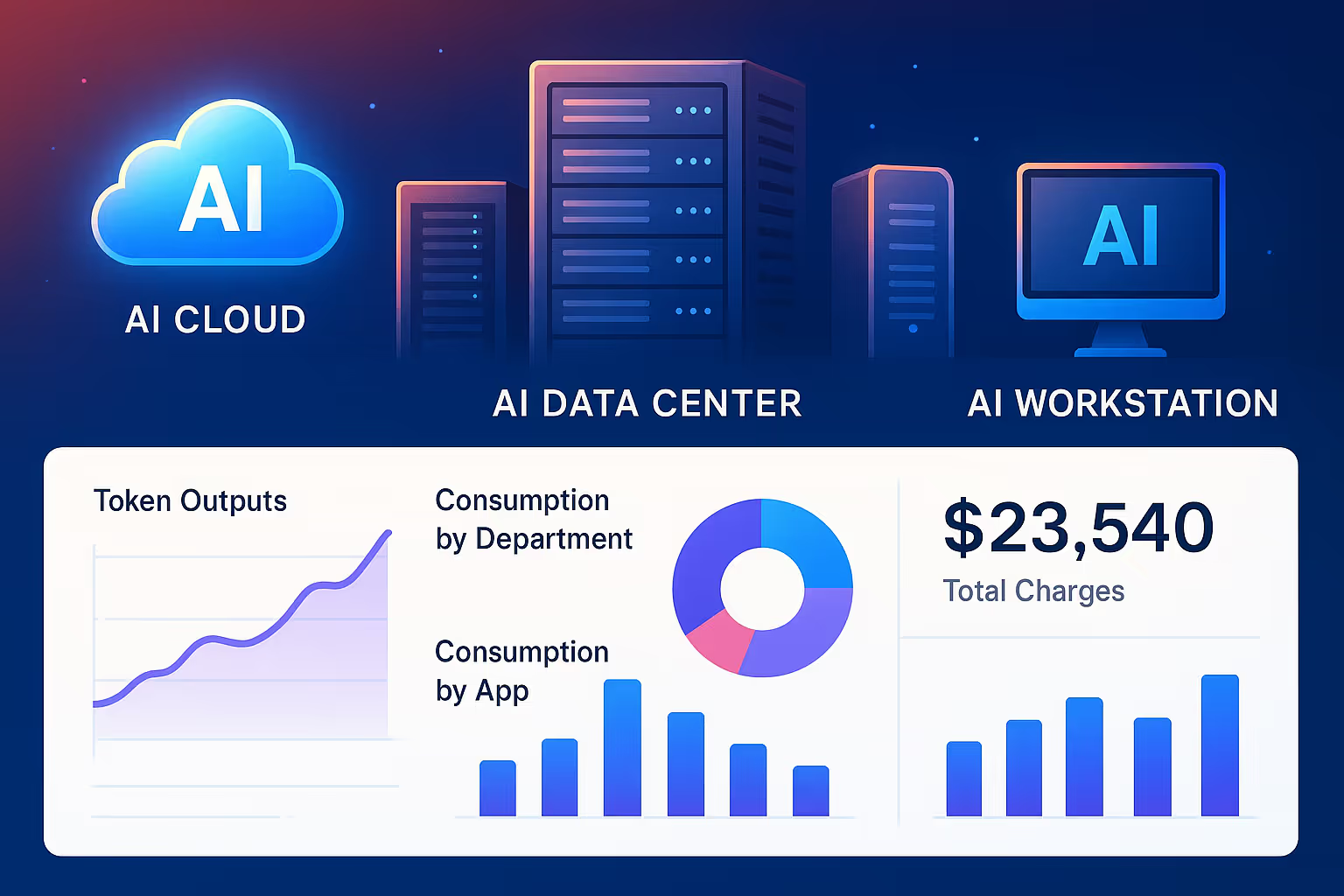Usage-Based Pricing (UBP) is not a one-size-fits-all undertaking. We have written more about it here. Unlike traditional subscription pricing which is single dimension (number of users), UBP involves - i) Multi Dimensional (i.e. multiple feature items are instrumented independently and then aggregated), and ii) Multi Value Types (i.e. for each dimension, you have choice of how you want to price - per unit, block, or tiered volume). Our Price Modeling capability allows users to forecast and compare the impact of different pricing plans based on real usage data before deploying them live to customers.
Before transitioning to or going to market with a usage-based pricing model, financial planning and analysis (FP&A) teams will require some sort of forward-looking analysis on how the pricing model will impact financial performance in the short and long term. Customer success and account teams will demand insight into how any change to pricing will impact existing customers.
Having a foundation of metering for usage instrumentation (see Metering Cloud) provides the granular visibility into usage patterns needed to define and forecast a usage-based model. Without this metering infrastructure in place, planning teams may try to back into usage estimates from analyzing invoices and surveying customers, but this approach introduces significant error by relying on estimations and anecdotes.
Price Modeling is a key capability of Amberflo Billing Cloud. It is enabled by our differentiated metering-first approach to usage-based pricing and stems from our belief that the shift to usage-based pricing is a movement impacting all areas of a business. At Amberflo, we aren’t simply looking to provide the IT resources to execute this transition, we are a partner helping optimize all areas of our customers’ businesses for usage-based pricing and billing.
The approach
As described above, the Price Modeling capability allows users to model and forecast the impacts of different pricing plans before deploying them live to production. This allows product and finance teams to explore different pricing vectors and plans independently from the engineering team responsible for instrumenting (metering) usage. The usage data is the secret sauce that enables our Price Modeling capability to deliver value - without this, the pricing plan can only be informed by estimation or product teams’ judgement.
To best leverage the capability, we recommend customers first define what usage events they would like to track and deploy Amberflo Metering Cloud to begin collecting usage data. For most use cases this can be done at little to no cost by taking advantage of our Forever Free tier - the first 10,000 meter events are free each month, forever.
After identifying what usage events and activities to track and setting up the data pipeline, the user should define the unit size and rate for each usage activity and create pricing plans in Amberflo Billing Cloud. We’ve recently simplified the process of creating pricing plans and made it more intuitive and user-friendly. After creating Product Items, users can now go directly to creating Pricing Plans. The Pricing Plans home page provides integrated views to add product items and set rates. The Pricing Plans can be deployed to production from the home page shown below.

After creating pricing plans to compare, the user can select the Price Modeling tab within Billing Cloud and create a new model, selecting the Pricing Plans to be compared.
After clicking “Run Model” found in the bottom right corner of the console, the following dashboard is presented.
The Model allows product and pricing teams to compare the revenue generated from each plan over different time periods, as well as segment the results by customer and by meter event. We see this as an invaluable tool for teams transitioning to a usage-based pricing model as it allows for the ability to “look before you leap,” further helping to add some predictability to the usage-based context, where reduced revenue predictability is a commonly cited criticism of the model.





.svg)

